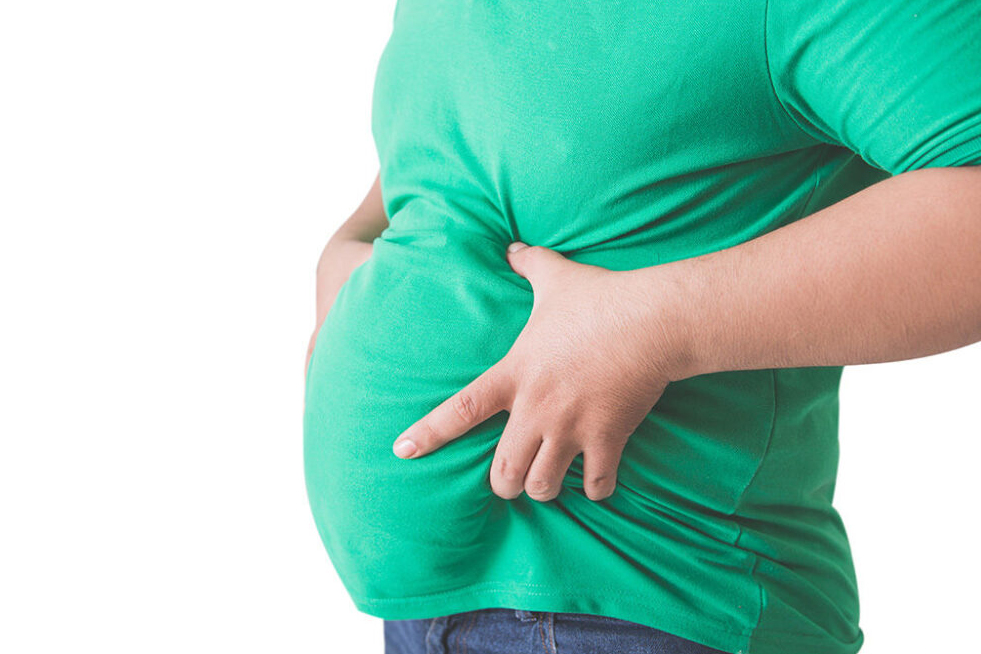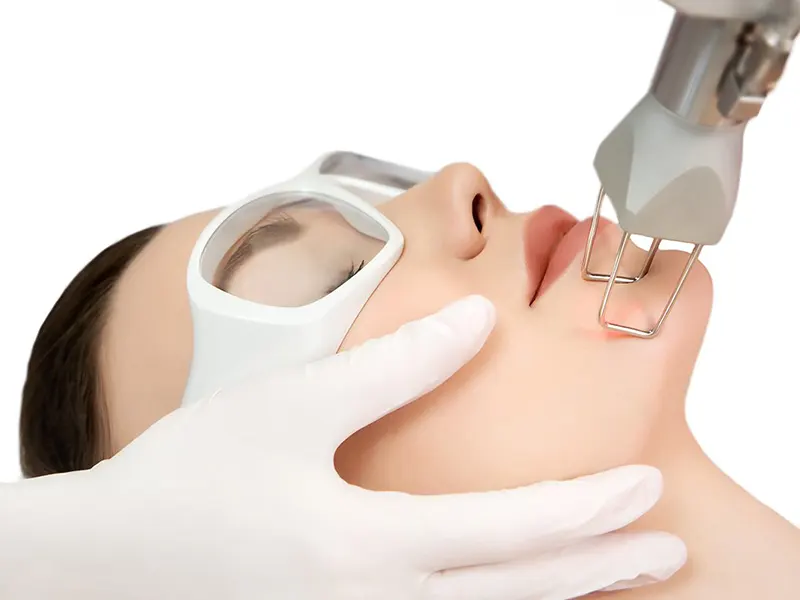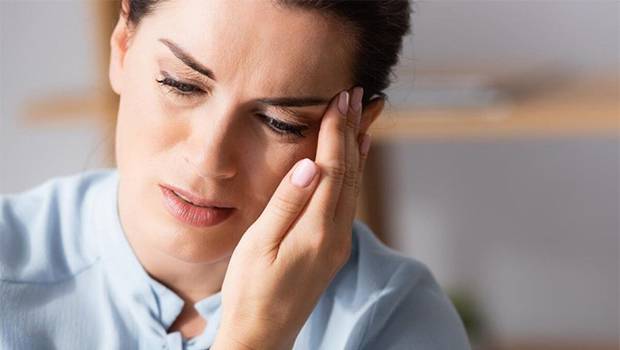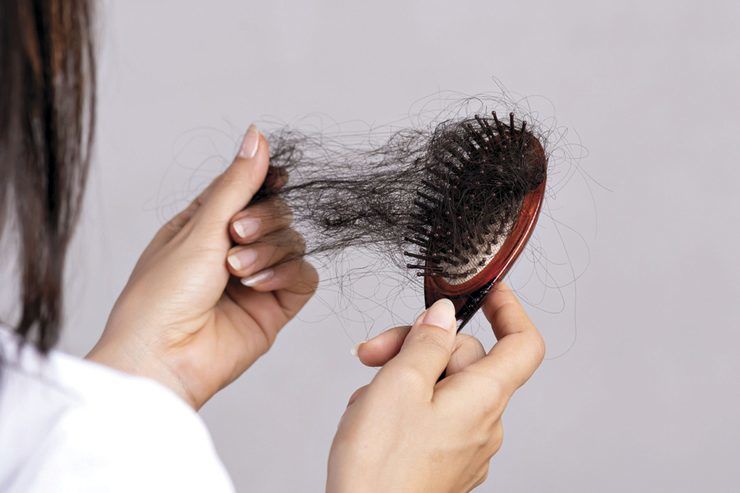Best Morbid Obesity Guidelines For Medical Treatment
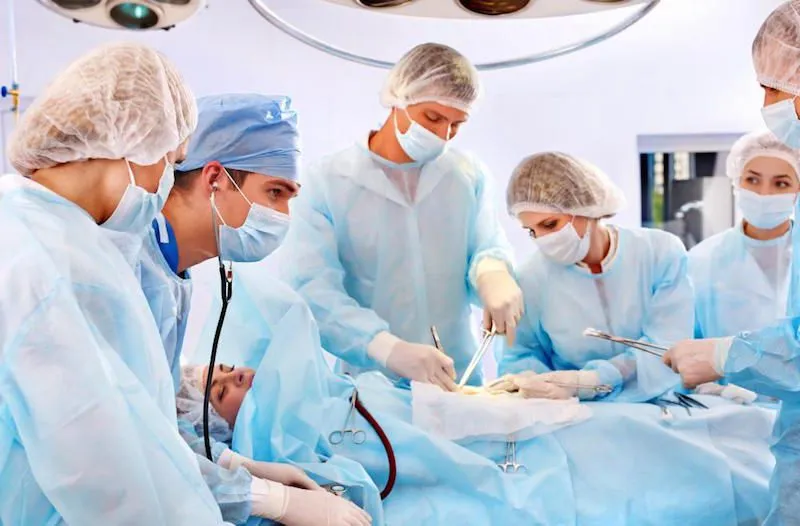
Severe morbid obesity, which people sometimes call clinical obesity, can increase your risk of developing other health issues or diseases. For adults who are clinically obese, obesity includes having a body mass index (BMI) of 40 or higher and a high percentage of body fat. BMI is not a diagnostic tool, but it can indicate the risk of various diseases.
Being morbidly obese makes it difficult for you to do daily activities such as walking, breathing and sleeping. It can also increase the risk of cardiovascular diseases, type 2 diabetes and other various diseases.
According to the National Institute of Diabetes and Digestive and Kidney Diseases, 1 in 13 people in the United States were severely obese in 2014-2013. You can learn more about severe clinical obesity and learn its treatment methods in this article.
When an adult is severely obese, they have a high percentage (40 or higher) of body fat and BMI. BMI is a scale that helps medical professionals tell if a person is at risk of certain diseases.
A person with obesity is more exposed to heart diseases and other diseases. The higher the obesity class, the higher the probability of these complications.
However, it"s worth noting that your BMI doesn"t necessarily indicate whether or not you"re at a healthy weight. In other words, this index does not indicate the right weight. This percentage does not show muscle mass compared to body fat percentage.
Examining the waist-to-hip ratio and fat distribution in the body can give a better idea of the risk of complications in a person. Scientists associate a large waist circumference due to body fat with a higher risk of cardiovascular disease.
Certain factors can increase your risk of developing morbid obesity, including:
Eating habits and activity levels can affect a person"s energy levels.
Socio-economic conditions can limit the access to fresh food and the ability to exercise to some extent.
Genetic factors may play a role in your morbid obesity.
Family history may affect your obesity through genetic and environmental factors.
Certain medical conditions or underlying diseases are associated with obesity, including Cushing"s syndrome and polycystic ovary syndrome.
Stress and anxiety can increase levels of the hormone cortisol, which can affect fat storage and weight gain.
Lack of sleep may increase your risk of developing this type of obesity.
Are social factors effective on the risk of obesity?
A 2017 review of studies from around the world suggests that the following social factors, among others, may contribute to the condition:
Traumatic stress, relationship problems, financial problems or a combination
Health level and awareness of diet
Workplace settings, including working hours and meal availability
Consumption and access to a varied and balanced diet
Access to green space and other considerations related to the level of living and urban activity
According to the Centers for Disease Control and Prevention (CDC), obesity affects everyone.
However, . A 2017 survey published by the CDC shows a more nuanced situation, with the prevalence of obesity varying according to a combination of factors such as education level, income, gender and race. The relationships between these factors appear to be complex.
Signs and symptoms of morbid obesity
An obese person may experience the following:
Sweating
tiredness
Joint and back pain
Difficulty breathing
Sleep problems, including snoring
Difficulty in physical activity
Low self-confidence and feelings of isolation
High blood pressure and other symptoms of metabolic syndrome
Symptoms of severe obesity include:
High accumulation of fat in the body
BMI of 40 or higher
Symptoms of complications such as high blood pressure
Complications of morbid obesity
Complications of obesity can include:
Metabolic syndrome, which includes type 2 diabetes, high blood pressure, and other features.
High level of "bad" cholesterol and low level of "good" cholesterol.
High triglyceride levels
stroke
Heart disease
Gallbladder disease
Arthritis
Sleep apnea and other breathing problems
Mental conditions such as depression and anxiety
Some cancers
body pain
Difficulty in daily functions and activities
Higher risk of hospitalization due to COVID-19
These conditions can affect people"s lifespan and quality of life.
Diagnosis of morbid obesity
If someone visits their doctor with concerns about their weight or BMI, the doctor will likely do the following:
It measures their weight and height to verify their BMI.
It asks questions about the person"s eating habits and amount of daily exercise.
Considers individual and family medical history.
Performs blood tests to check for health conditions that may be contributing to obesity.
It prescribes testing for complications that may require medical attention, such as high blood pressure.
Treatment options for severe obesity
If a person has severe obesity or its complications, the doctor may recommend the following treatment options:
Recommend a suitable program for weight loss.
Work with the individual to plan and determine an exercise program.
If the person"s mobility is limited, recommend a physiotherapy program.
Prescribing drugs such as orlistat (Alli), which reduce the amount of fat absorbed by the body.
If other options do not help, recommend bariatric surgery.
Eliminate and treat any complications such as type 2 diabetes and other features of metabolic syndrome.
A person should work with their doctor or nutritionist to develop a proper plan and follow the instructions carefully.
